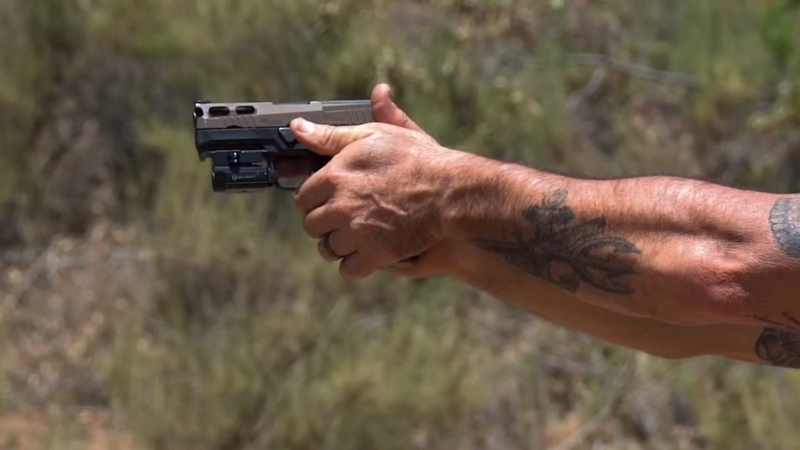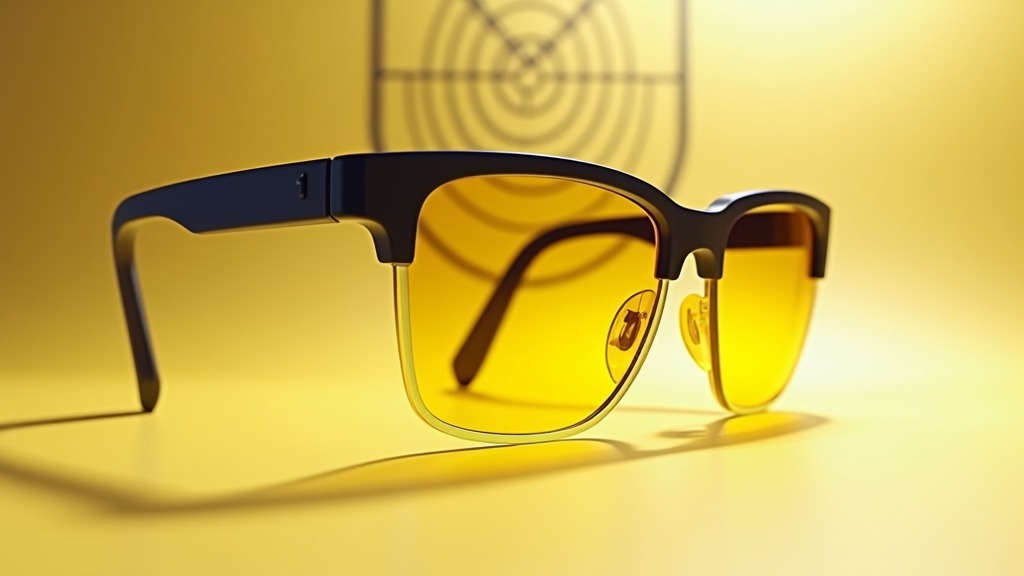Handling firearms requires responsibility, knowledge, and attention to safety. Every moment you hold a firearm, there is the potential for risk.
You need to ensure that you are doing everything in your power to protect yourself and others from accidents.
Safety is not an option but a must. No matter how experienced you think you are, neglecting even basic rules can lead to serious consequences.
The primary goal is to always think ahead and never let your guard down. Firearms are tools, but they demand respect. Any mistake could lead to severe injuries or worse.
To help reduce those risks, there are essential tips that every gun owner must follow. Whether you’re a novice or a seasoned handler, you should always put safety first.
1. Keep the Muzzle Pointed in a Safe Direction
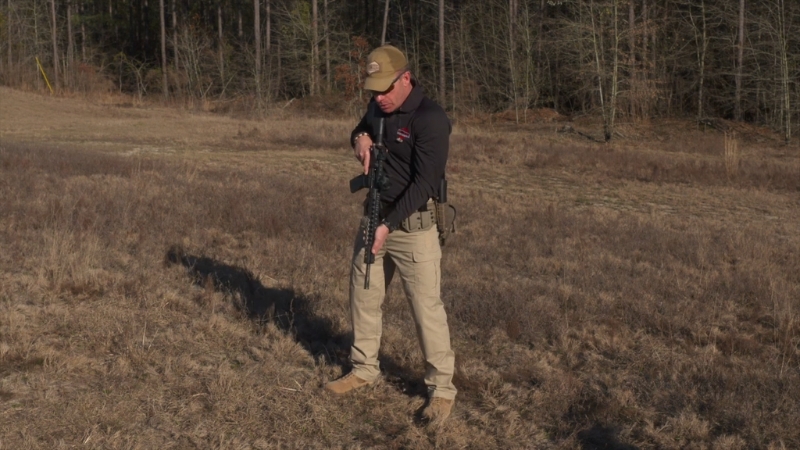
One of the most fundamental rules is to always keep the muzzle pointed away from anything you don’t intend to shoot. That way, even if an accidental discharge occurs, the bullet won’t cause harm.
2. Keep Your Finger Off the Trigger
Many accidents happen when someone unintentionally touches the trigger. Your finger should never be on the trigger until you are fully prepared to shoot. Instead, rest your finger along the side of the frame or on the outside of the trigger guard until ready.
3. Unload Your Firearm When Not in Use
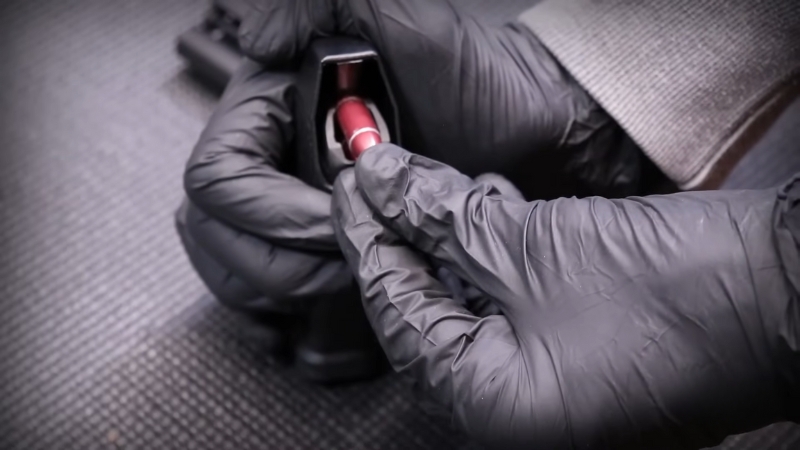
A firearm should always be unloaded when not in use. Never store it loaded unless it’s necessary for immediate defense.
By unloading your firearm and storing it safely, you can prevent accidental discharge and injury.
4. Use Reliable Gear and Equipment
Reliable gear can help prevent accidents and injuries. Whether it’s a holster or safety equipment like chest seals, choose equipment that has been tested and proven to work.
For example, YEYETAC offers reliable chest seals, which are essential for emergency trauma kits. When dealing with critical tools, only trust products that have been tested thoroughly.
5. Use Proper Safety Gear
Always wear protective gear, especially eye and ear protection, when handling a firearm. Even if you’re just practicing at the range, the noise can damage your hearing, and flying debris can cause eye injuries. Safety gear isn’t optional but an essential part of your safety routine.
6. Never Rely Solely on the Safety Lock
Many gun owners mistakenly believe that the safety lock is foolproof. While a safety lock can help prevent accidental discharge, you should never rely on it entirely.
Always assume the firearm could fire, and take the same precautions as if it were loaded.
7. Educate Others About Safety
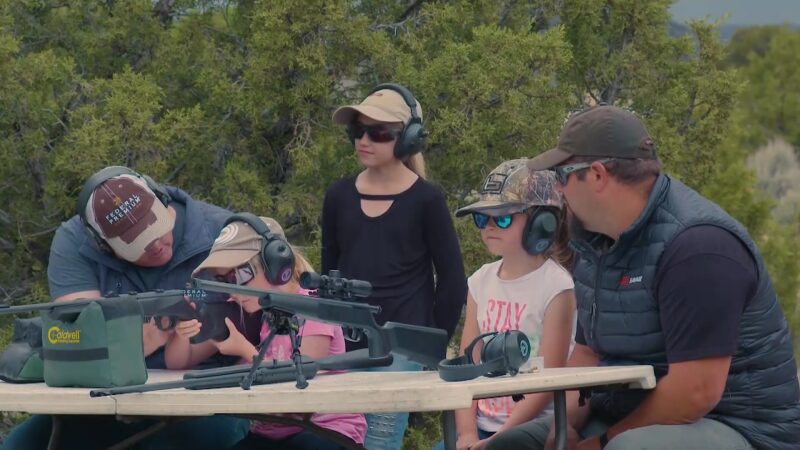
It’s not just about your own safety. Educating others who might come into contact with your firearm is equally important.
Whether it’s family members, friends, or anyone else in your household, they should all understand basic safety rules.
8. Proper Storage and Security
Storing a firearm safely when it’s not in use is one of the most crucial steps to preventing accidents. Leaving a firearm unsecured invites potential danger, particularly when there are children or unauthorized individuals in the home. Three most important things to remember when storing a firearm:
- A locked safe or a firearm cabinet offers the best protection, as it ensures only those who have the key or code can access it.
When choosing a safe, opt for one specifically designed to store firearms. Many models include features like tamper-proof locking systems and biometric access, which offer added layers of security.
Storing firearms carelessly, such as in drawers or closets, increases the risk of unauthorized use, theft, or even accidental discharge. Children are naturally curious, and even if they’ve been taught not to touch a firearm, the temptation might be too great. A proper firearm cabinet or safe removes that possibility.
- Another critical aspect of secure storage is keeping ammunition in a separate, locked location. Storing ammunition apart from the firearm makes it harder for unauthorized users to access a ready-to-fire weapon. Even in emergencies, the slight delay required to load the firearm can give you valuable moments to assess the situation more carefully.
- Always check that your firearm is unloaded before storage to further prevent any accidents.
9. Be Mindful of Your Surroundings
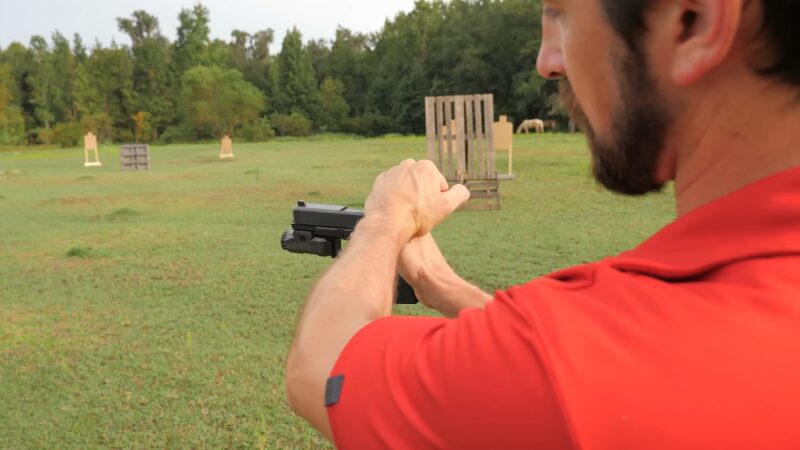
Whether you’re at a range or outdoors in a more open setting, understanding your environment can prevent accidents:
- Before loading or aiming your firearm, take a moment to assess the area around you.
- Identify the people nearby, and make sure everyone understands the importance of maintaining a safe distance.
- If others are unfamiliar with firearm safety, give them a clear explanation of what they need to do to remain safe.
- At a shooting range, there are usually strict guidelines in place to ensure everyone’s safety.
- Know where other shooters are positioned, and never shoot without confirming the range officer’s signal.
- If you have any doubts about a situation, it’s always better to ask rather than assume.
- Bullets can also travel great distances and ricochet off hard surfaces, so always ensure you have a clear backstop, such as a hill or specially designed target barrier.
- Avoid shooting in the direction of buildings, roads, or areas where people might pass unexpectedly.
- If hunting, be mindful of other hunters or hikers in the area.
10. Maintain Your Firearm
Over time, residue from ammunition can build up inside the barrel, leading to blockages or misfires. Regular cleaning prevents this and ensures your firearm works properly every time. After each use, take these steps to clean your firearm thoroughly:
- Clean the barrel
- Check for any signs of wear or damage
- Lubricate moving parts to ensure smooth operation
Proper maintenance isn’t just about function; it’s about safety. Failure to clean and maintain a firearm can lead to malfunctions, such as misfires or jams. A poorly maintained firearm may also fire unexpectedly, or not fire when needed.
FAQ
Conclusion
Handling firearms demands respect, caution, and attention. Always keep in mind that any small lapse in judgment can result in catastrophic injuries.
The key to preventing accidents is being mindful of the safety rules and following them without compromise. From keeping the muzzle pointed in a safe direction to using reliable equipment and proper storage, the steps you take can protect lives, including your own.
As a final reminder, safety is everyone’s responsibility. Ensure you and those around you are always aware of the potential risks, and take the necessary precautions to prevent harm. Firearms can be safe and effective tools, but only when handled responsibly.

